Avoiding Distractions: 3 Easy Fun Ways You’ll Love
Share the Fun!
Avoiding Distractions: 3 Easy Fun Ways You'll Love

Avoiding Distractions
Do you wake up in the morning excited to write…
But then think of all the things you need to do first?
What if there was a way to avoid distractions?
Avoiding distractions is a common problem in the writing community.
Usually, avoiding distractions goes hand in hand with procrastination..
In classic Western movies, whenever a thief robs a train he points his gun and asks point blank: “your money or your life.”
Distractions have their gun pointed right at you, robbing you of your time.
Avoiding distractions help you regain time you’d otherwise never get back
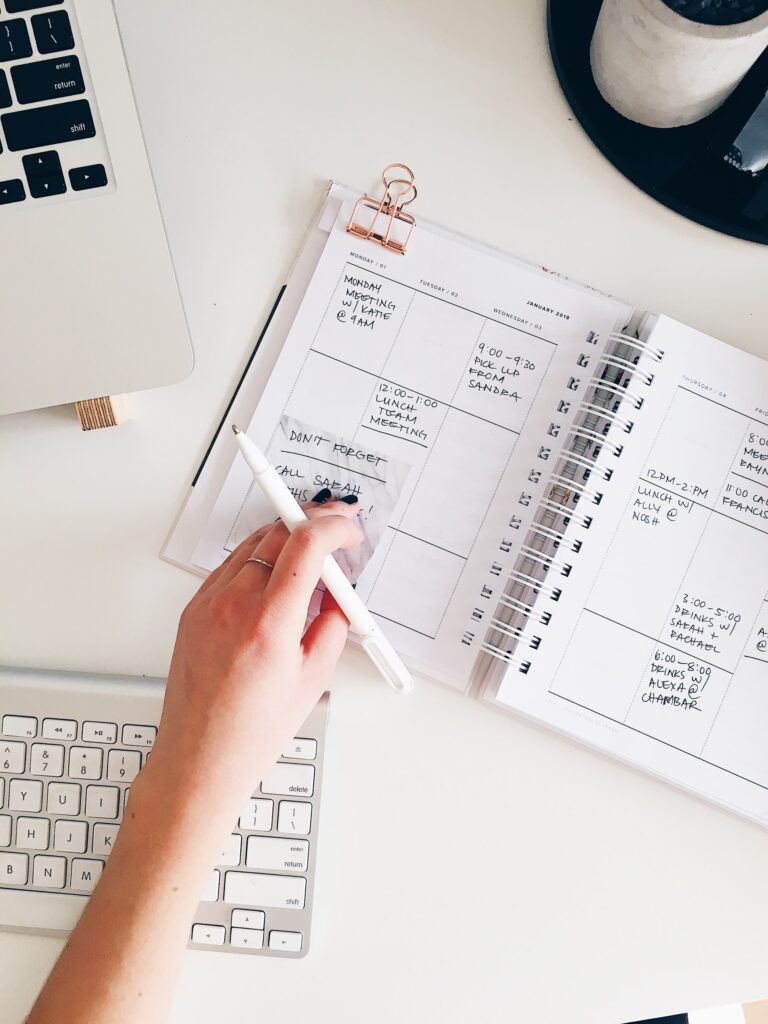
In this short post, I’ll reveal some easy, mostly free tips and techniques to help you avoid distractions.
Much of it it boils down to one key concept: Deadline
Avoiding Distractions: The Importance of Deadlines
When I’m writing an assignment on deadline, you’ve never seen my fingers move so fast across the keyboard.
And my mind is rarely as clear and focused.
Avoiding distractions may be as simple as that ticking clock, warning that you need to finish your project on time.
This is true for magazine and newspaper assignments that need completion by the end of the day (or hour!).
Avoiding distractions is absolutely necessary, even when I have a matter of weeks or months to complete the book.
This is one key reason NaNoWriMo is so invigorating.
Techniques for Avoiding Distractions
The ‘avoiding distractions’ techniques I’ll describe below might strike you as a little wacky.
You might find them a little weird…
Especially the techniques involving inviting a perfect stranger into your office or writing room (I kept that for the last resort!)
But stick with me. You’ve got this!
Avoiding Distractions: Getting Started
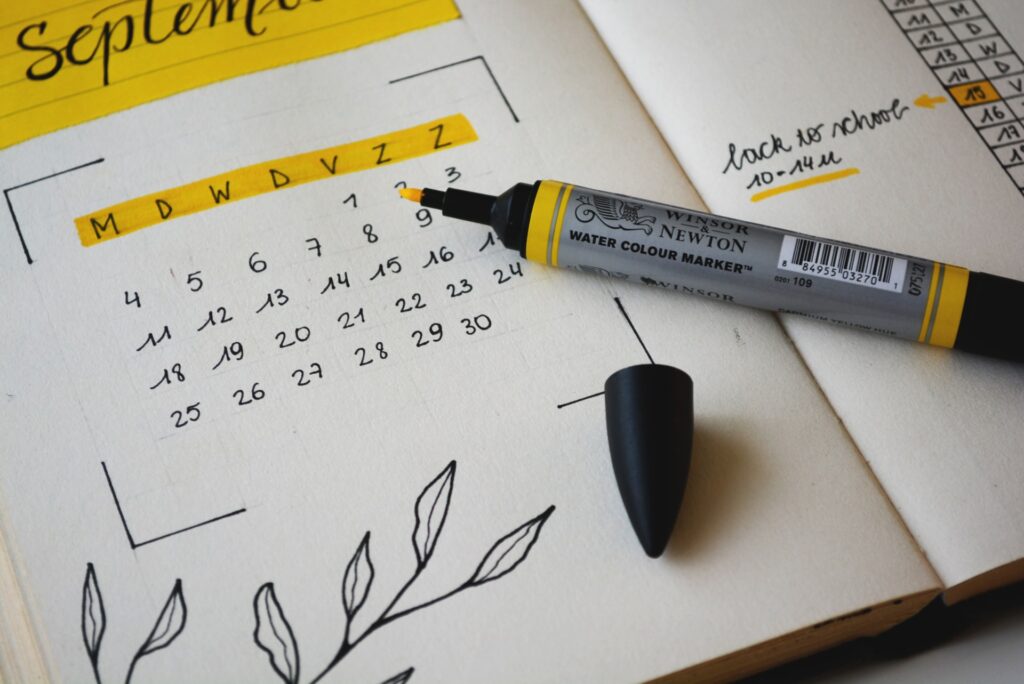
1. Avoiding Distractions: Make that appointment
In avoiding distractions, the first thing you need to do is make an appointment with yourself.
You must “write it down.” Put it in your calendar. Give yourself a small, manageable amount of time.
How much time to dedicate to avoiding distractions? You might start with 20 minutes and see how it goes from there.
20 minutes, distraction free, is a scary amount time for people troubled by attention deficit disorder.
And frankly, attention deficit disorder folks accustomed to constantly checking their email or Instagram feed will find it hard going.
So just try for 20 minutes and reward yourself lavishly when you’ve completed this task.
2. Avoiding Distractions: Give Yourself a (Small) Goal in that Time Period
What can you accomplish in 20 minutes? More than you think.
Assuming that you are in a “flow” state and your fingers are nimble.
I gave myself 20 minutes to write this piece. Did I finish? Of course not. But I carved out the key concepts.
And I brainstormed some colorful examples.
The bottom line is that if you set the expectation that you will achieve something small (even a bullet point list) is a step in the right direction
3. Avoiding Distractions: Get in the Mood
A while back, I was on a machine at the Equinox gym in Manhattan. It has a grand view of the giant TV screens that line the walls.
I had one of the biggest iPads resting on the top of my machine. I was enjoying an engrossing film.
Yet my eyes kept darting to one giant screen in particular.
What was it?
It was a sports channel. The video featured a young boxer entering the ring.
Now I’m not a fan of boxing at all. But I couldn’t take my eyes off that screen.
Why?
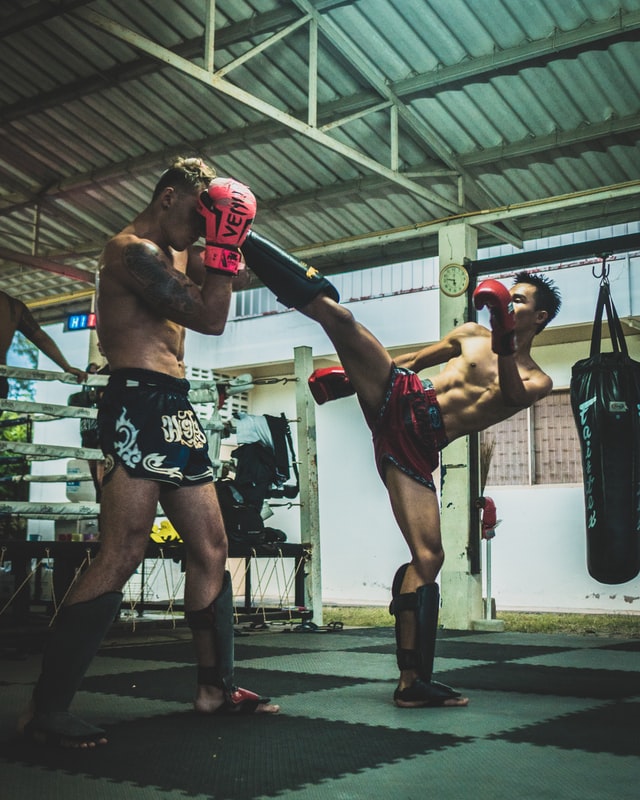
It surprised me that the boxer doesn’t just walk into the ring.
He jumps into it!
Then he didn’t just stand there, waiting for his opponent.
He dances all over the ring, punching and jabbing in the air.
Man, that guy was getting himself into the mood!
So I started thinking if it works for boxers, it should work for writers, right?
How many times have you sort of eased yourself into your writing chair. Then just stared at the screen?
This is one reason writing prompts are so popular.
You can “get yourself in the mood” for writing by finding a writing prompt BEFORE you write.
(A writing prompt is often a statement followed by questions you can use to craft a piece.)
Put this writing prompt on your keyboard so you are primed and ready when your writing session begins.
4. Avoiding Distractions: Train Yourself to Stop Writing Mid-Sentence
This technique mandates that you STOP every writing session mid-sentence, and even mid-paragraph.
Don’t allow yourself to finish!
If you have a completion-oriented personality, this may drive you crazy.
Leaving a sentence unfinished means that your subconscious mind will search to complete the paragraph.
This guarantees that when you start up the next day (or hour) you will be refreshed and ready to hit that keyboard.
5. Avoiding Distractions: Create a “Writing” Cue
The dictionary defines a cue as a thing said or done that serves as a signal to an actor.
But most people in “real life” have their own cues.
Many writers make a special ritual of their writing time.
Some get out the incense and candles before approaching the keyboard.
Others turn to music. But music can distract.
That said, I’ve had good luck with Gregorian Chant. The chanting sound put (me, at least) into a Zen like trance that helps my concentration.
Final Preparation: Avoiding Distractions
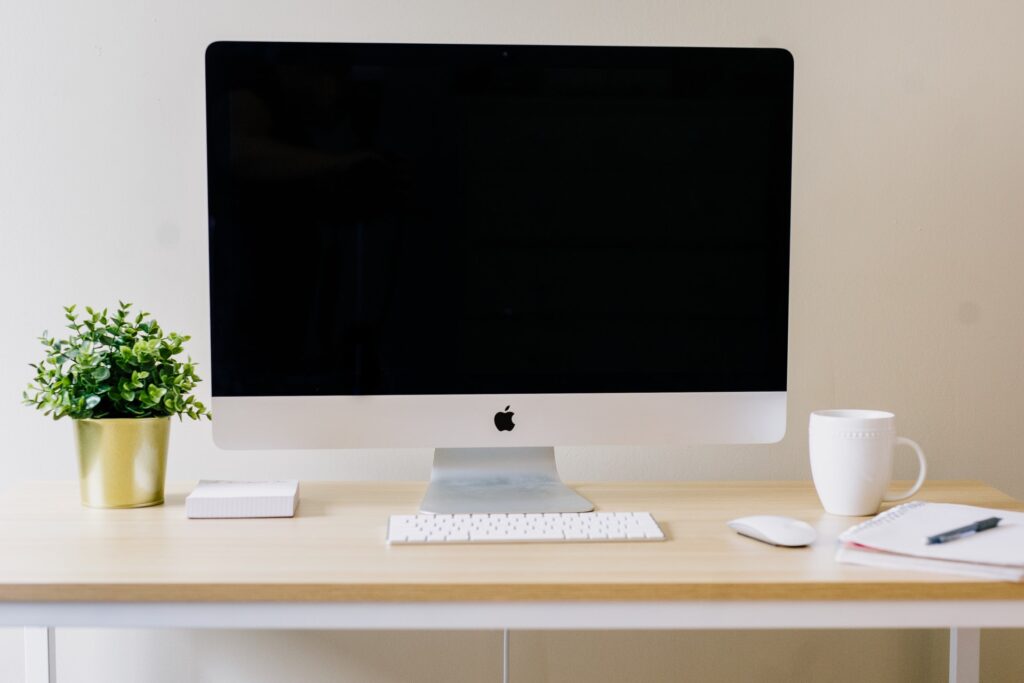
Final Preparation
Before your appointed time to hit the keyboard, you must perform two key actions:
1. Avoiding Distractions: Clean off that desk!
You heard me! Do it! Do it now! Just grab everything and move it out of site.
2. Avoiding Distractions: Turn off those notifications!
Yes. I MEAN it. Does your computer or device make a ‘dinging” sound when you get an email?
And exactly when is that email even important? How many times is it spam or junk? Just turn it off.
Starting Your Writing Session
Now that you’re prepared, primed, and ready you need a device that will give you a self-implemented deadline.
You have a few options.
Some are more effective than others.
I’ll start with the device/program I find the most effective and work my way down from there.
The “Big Brother is Watching You” Experience
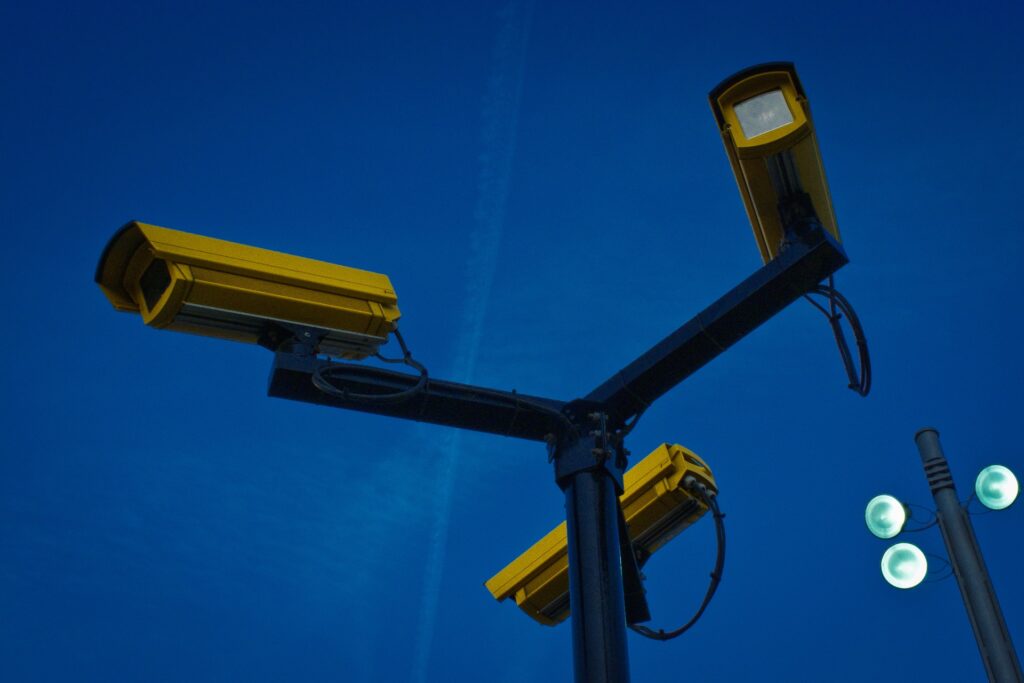
Ok. So in this section I’ll go into the “wacky, weird” part of the anti- distraction techniques.
It goes like this.
When you were a little kid, did you ever pretend to be doing your schoolwork when you thought the teacher was watching?
Then giggle with your friend when you thought she wasn’t?
Maybe even today you’re with others in a group exercise class and slack off when you think the teacher isn’t watching.
So now you know the power of feeling as if you are being watched and observed.
The FocusMate Computer Program
This is what the FocusMate computer program is all about.
Sophisticated and easy to use. it attracts people who let their attention wander when they should focus on a project.
Here’s how it works.
First, just sign up and register. No payment required. When you want to focus on a project, just book a FocusMate session on the app.
Within a few minutes, the computer will match you with someone who booked a session at the same time as you.
By default, the sessions are 50 minutes long.
Then, using your phone or computer, you log in.
Protocol is to introduce yourself to the other person and explain what you hope to accomplish.
Then, you focus your attention on your own project.
So I’ll just say right here and now that it is a very strange experience. I mean, this person is right there, on your desktop, looking at you while you write.
And you can see them and their entire room. Often it’s their bedroom. One had a bedroom so neat it looked like a hotel room.
That said, it’s effective – it always get my word count in when someone’s looking over my shoulder.
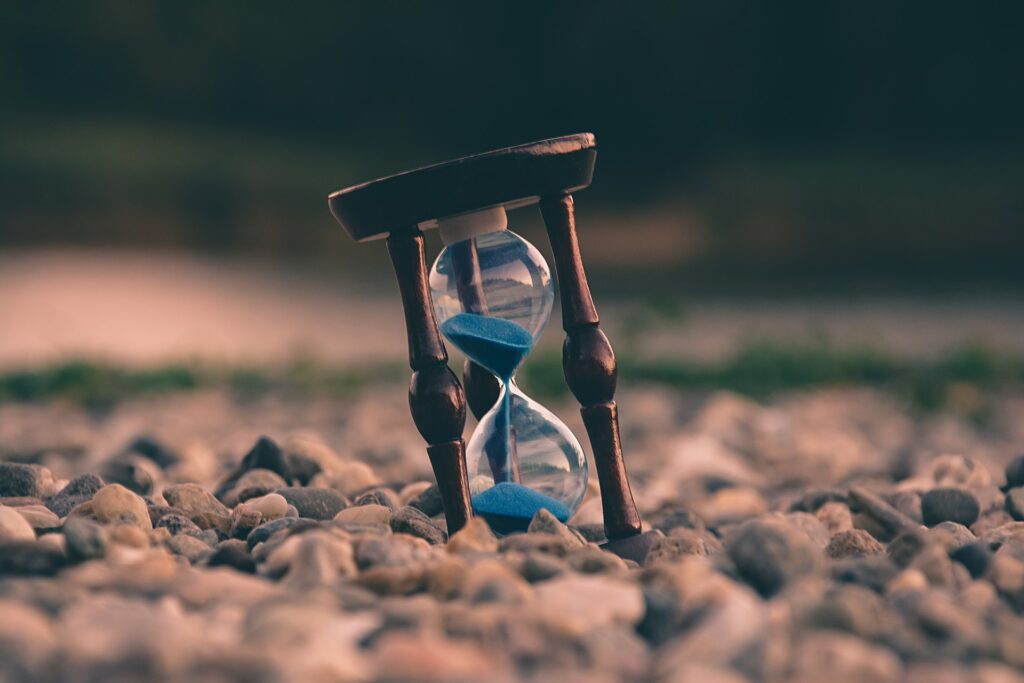
The Hourglass– Modern Equivalents
Ah, those grains of sand …
Thank heavens today’s writers don’t have to turn an hourglass. Or position themselves near the town’s sun dial, trying to see how much time has passed during their writing session.
We can use many timing devices, most of them in our home or on our wrist.
The iPhone and iWatch have timing devices built into them. You can also grab an egg timer from the kitchen.
Yet I like using free apps for my iPhone instead. They’re tricked out with some cool “extras” like a loudly ticking clock and even the background sound of a café, if you buy a premium version.
They base these apps on the Pomodoro method (yes, named after a tomato) that encourages productivity by forcing total concentration for 25 minutes, then allowing the writer to take a break for five minutes.
Conclusion
So there you have it—innovative techniques for avoiding distractions.
P.S. Two other quick tips I’ve found helpful!
Here I’ll add a few other tips and remarks. The first is that productivity expert Brian Tracy has a book called Eat That Frog.
In it, he advises people train themselves to accomplish the most dreaded task of the day first.
The second tip is priceless! I’ve found tremendous value in keeping a simple yellow pad (mine is white) on my desk. When a distraction pops into my mind, I just jot it on the pad.